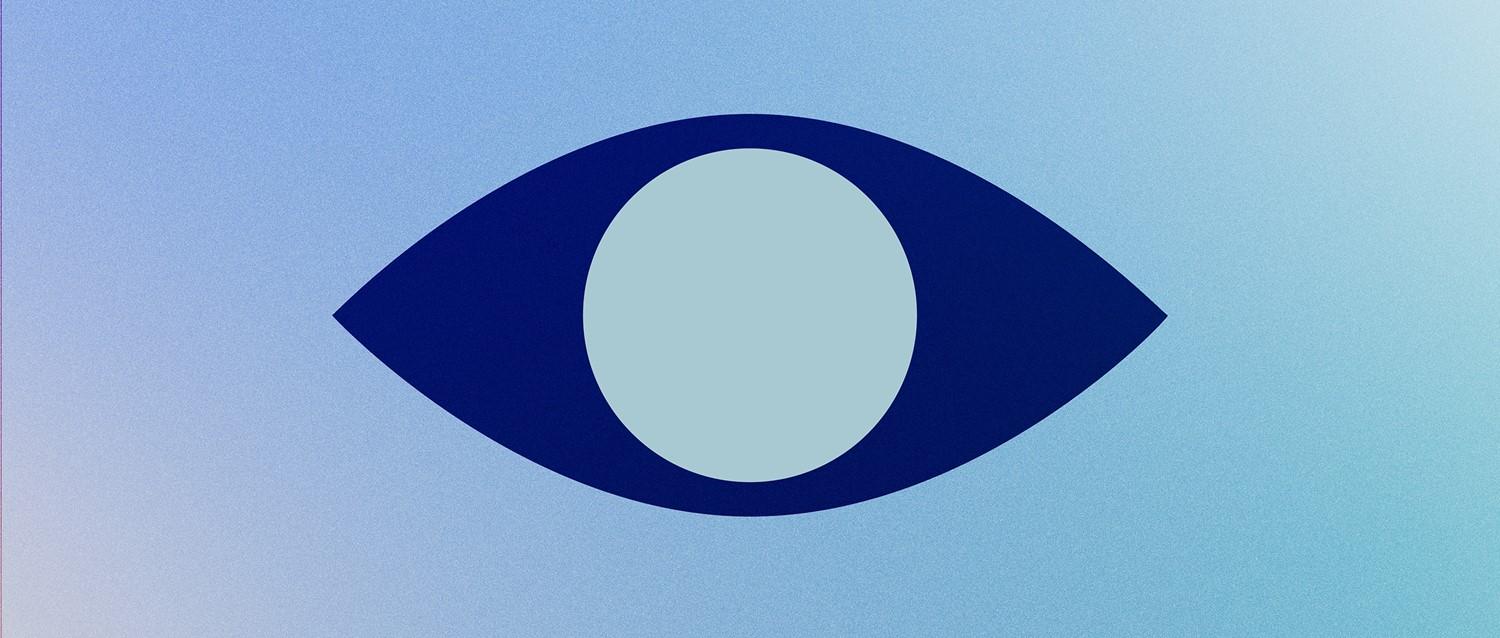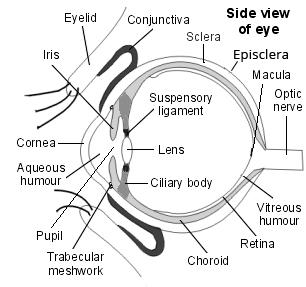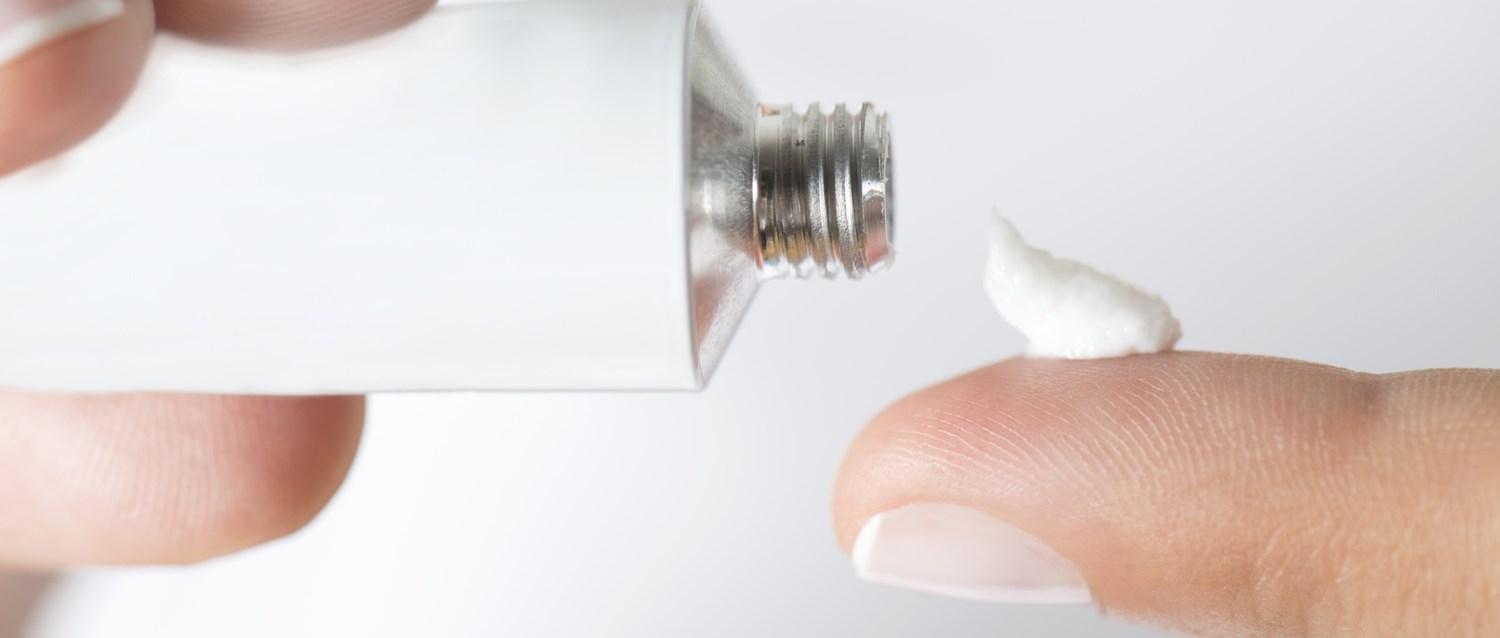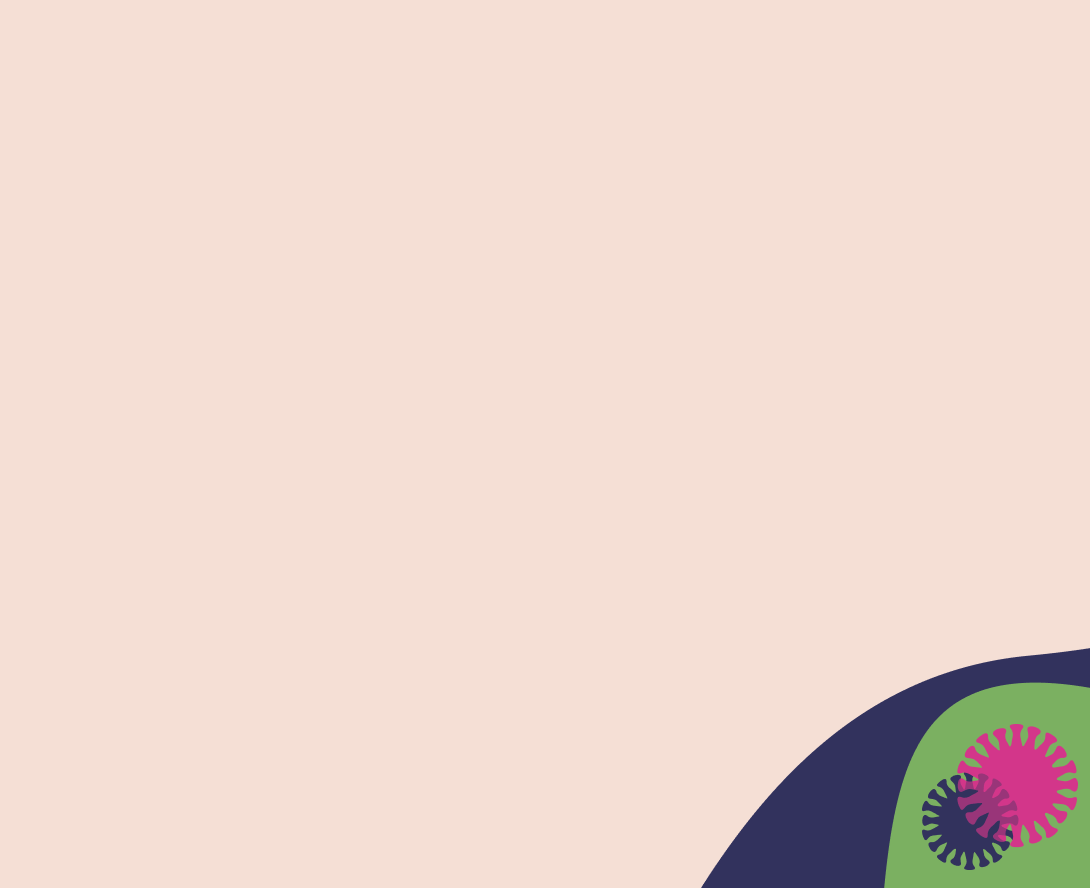
Anatomy of the eye
Peer reviewed by Dr Colin Tidy, MRCGPLast updated by Dr Mary Elisabeth Lowth, FRCGPLast updated 31 May 2018
- DownloadDownload
- Share
When you look at an object you see it because light reflects off the object and enters your eye. Your eye focuses this light into an image on the layer of the eye called the retina.
In this article:
Continue reading below
The structure of the eye
Side view of the structure of the eye

Diagram detailing the macula

Patient picks for Other eye problems

Eye health
How to use eye ointment
This leaflet gives general advice on how to use most eye ointments. However, you may be given specific instructions which may vary from the advice below. Ask your pharmacist if you have any queries.
by Dr Mary Harding, MRCGP

Eye health
Colour vision deficiency
If you have colour vision deficiency (also called "colour blindness"), you are unable to see certain colours. The most common form of the condition is red-green colour vision deficiency. Colour vision deficiency is usually first diagnosed using special coloured pictures called Ishihara plates. The effects of colour vision deficiency can be variable - from mild to severe. Some people with colour vision deficiency don't even know they've got it. Others may have a lot of difficulty and be unable to work in certain jobs.
by Dr Hayley Willacy, FRCGP
What does the cornea do?
The clear front of your eye is called the cornea. This transparent disc sits over the pupil and iris, protecting them and letting in light. It is highly sensitive. The cornea also forms the first part of the process of focusing what you look at into an image on the back of your eye (see below).
Continue reading below
What does the iris do?
The coloured part of your eye is called the iris. The iris is made up of muscle fibres which help to control the size of the pupil. The pupil is not an actual structure but the circular opening in the middle of the iris. The pupil appears as the dark central part of the eye. The pupil can change size (through changes in the iris) in order to regulate the amount of light going through it. In darkness your pupils will get bigger to allow in more light.
What does the retina do?
The retina is a layer on the inside of the back of the eyeball. It contains highly specialised nerve cells. These convert the light which is focused there into electrical signals. These are then passed through the optic nerves to the parts of the brain which process vision and build up the picture that we see.
Continue reading below
What does the macula do?
Near the centre of the retina is the macula. The macula is a small highly sensitive part of the retina. It is responsible for producing fine detail in central vision, the part you use when you look directly at something. It contains the fovea, the area of your eye which produces the sharpest images of all.
What is the white part of the eye called?
The white of your eye is called the sclera. This is a hard protective layer which covers all the eyeball except the cornea. The next layer beneath the sclera, between the retina and the sclera, is called the choroid. The choroid contains lots of blood vessels which provide oxygen and nutrients to the retina below. At the front of the eyeball the choroid connects with the ciliary body.
What does the ciliary body do?
The ciliary body is a part of the eye which includes the ciliary muscle (which changes the shape of the pupil by changing the shape of the iris) and the ciliary epithelium, which produces aqueous humour. This is the liquid that fills the front of the eye. Aqueous humour is made continuously. It circulates through the front part of the eye and then drains away through an area called the trabecular meshwork, near the base of the iris.
How does the eye work?
In order for an object to be seen, the light coming from the object must hit the retina. For this reason, the eye works by using structures in the eye to bend the light entering the eye, so that when they reach the retina they are focused. The cornea and lens both help to do this.
The cornea gives the initial bend to the light but the lens is the fine tuner. The lens can change shape with the help of the ciliary body which contains fine muscle fibres that pull on it.
Depending on the angle of the light coming into it, the lens becomes more or less curved (convex). This alters its strength and allows it to focus the light correctly on to the back of the eye. This is very similar to the action of a lens in a camera which focuses the light on to the film.
The globe of the eye needs to keep its shape so that light rays are focused accurately on to the retina. Most of the eye is therefore filled with a jelly-like substance called the vitreous humour.
How does the eye move?
The movement of each eye is controlled by six muscles that pull the globe of the eye in various directions. They work together in a synchronised way. For example, to look left, the lateral rectus muscle of the left eye pulls the left eye outward and the medial rectus of the right eye pulls the right eye towards the nose. At the same time levator palpebrae superioris lifts the upper eyelid.
eye muscles side view

What do our eyelids do?
The upper and lower eyelids help to protect the eye, and keep its surface moist. The upper eyelid is more mobile and is attached to a special muscle, called the levator palpebrae superioris. This muscle allows you to control the upper eyelid. Eyelids help to spread the tear film across the eye by blinking. They also produce a special oil which slows down the evaporation of the tear film.
What is the conjunctiva?
The eyelids are made up of several different layers, including the conjunctiva. The conjunctiva is a clear layer which lines the inside of your eyelid and covers the white of the eyeball. When the blood vessels in this conjunctiva become enlarged they can be seen, giving a bloodshot appearance.
Why do we have eyelashes?
Eyelashes help to stop debris and direct sunlight from entering the eyes.
Why are our eyes wet?
The sensitive surface of the eye needs to be kept moist. The eyes are in constant contact with your eyelids. Without lubrication, the friction between the two layers of conjunctiva would cause rubbing. To prevent this, and to help remove debris, the eye produces a tear film.
What is the tear film?
The tear film is made up from three layers - the main middle watery layer, the thin outer oily (lipid) layer and the thin inner layer of mucus.
Eye with eyelid detail

tear film

Eye and tear production

What are tears?
The main middle watery layer of the tear film is what we think of as tears. The watery fluid comes from the lacrimal glands. There is a lacrimal gland just above, and to the outer side, of each eye. The lacrimal glands constantly make a small amount of watery fluid which drains on to the upper part of the eyes. When you blink, the eyelid spreads the tears over the front of the eye.
Tiny glands in the eyelids (meibomian glands) make a small amount of lipid liquid which covers the outer layer of the tear film. This layer helps to keep the tear surface smooth and to reduce evaporation of the watery tears.
Cells of the conjunctiva at the front of the eye and inner part of the eyelids also make a small amount of mucus-like fluid. This helps the watery tears to spread evenly over the surface of the eye.
Tears then drain down small channels (canaliculi) on the inner side of the eye into a tear sac. From here they flow down a channel called the tear duct (also called the nasolacrimal duct) into the nose. You can see the opening of the nasolacrimal duct as a tiny hole in the inner corner of your lower eyelid.
Tear formation in people occurs more if the eyes are irritated. It can also occur in response to emotion. When this happens the lacrimal glands produce more lacrimal fluid which spills over the eyelids.
How do we see?
The eyes receive light from many different directions and distances. To be seen, all this light must focus on the comparatively tiny area of the retina. This means the eyes have to bend light from different angles and directions.
Firstly, light passes through the transparent cornea. Most bending of light occurs here. Light then travels through the pupil and hits the lens. The lens also bends light, increasing the amount focused on the highly specialised cells of the retina.
What is myopia?
Myopia means short-sightedness. The eye mistakenly focuses the rays of light on a point before the retina. The focusing system is tending to be too powerful for the length of the eye. This particularly affects vision of distant objects, which need the least powerful focusing activity from the eye.
What is hypermetropia?
Hypermetropia means long-sightedness. Light converges on a single point behind the retina. This particularly affects vision of near objects, which need the strongest focusing activity, and means nearby objects can't be seen well.
Focusing the eye

What do photoreceptors do?
The retina is made up of millions of light-sensitive nerve cells called photoreceptors. Photoreceptors contain special chemicals which change when light hits them. This change causes an electrical signal which is sent to the brain via the optic nerve. Different types of photoreceptor allow us to see in a huge range of different conditions, from dark to light, and all the colours of the rainbow.
How do we see at night?
There are two kinds of photoreceptors: rods are very sensitive and help us to see when only dim light enters the eye. They are also very sensitive to movements, particularly at the edge of our vision - but they are not sensitive to colour.
How do we see colour?
Cones give us colour vision as they function best in bright light, unlike rods. Cones are most concentrated in our area of central vision.
How is vision processed?
The electrical signals from the photoreceptors travel to a part of the brain called the thalamus via the optic nerve. This area acts as a relay station, combining information from the two eyes and sending on the information received to an area of brain called the visual cortex. The visual cortex is a specialised part of the brain which processes visual information. Located at the back of the head, it interprets the electrical signals to obtain information about the object's colour, shape and depth. Other parts of the brain then put this information together to create the whole picture.
Common eye problems and eye conditions
Macular degeneration (and age-related macular degeneration)
Dr Mary Lowth is an author or the original author of this leaflet.
Article history
The information on this page is peer reviewed by qualified clinicians.
31 May 2018 | Latest version

Are you protected against flu?
See if you are eligible for a free NHS flu jab today.

Feeling unwell?
Assess your symptoms online for free